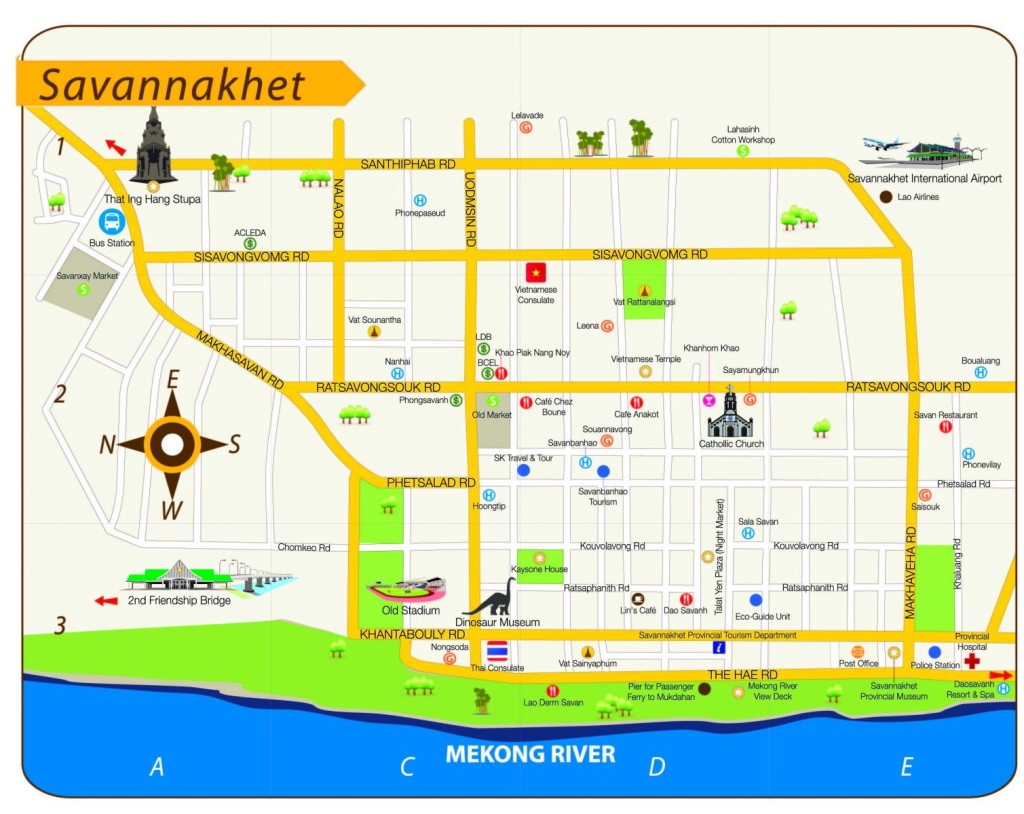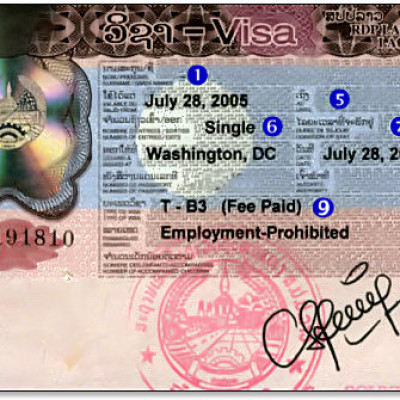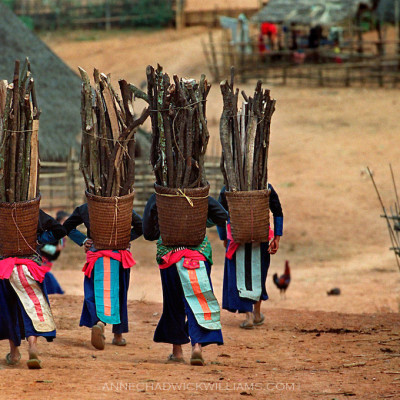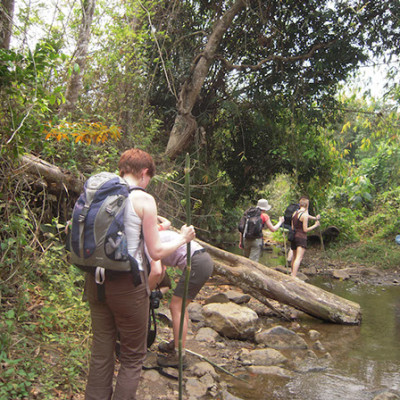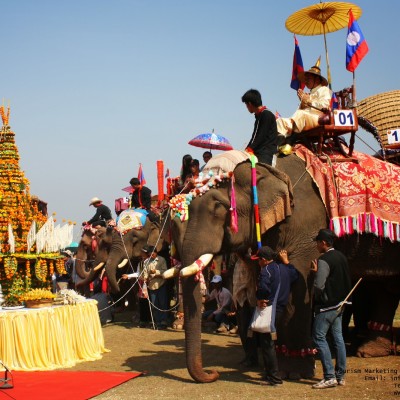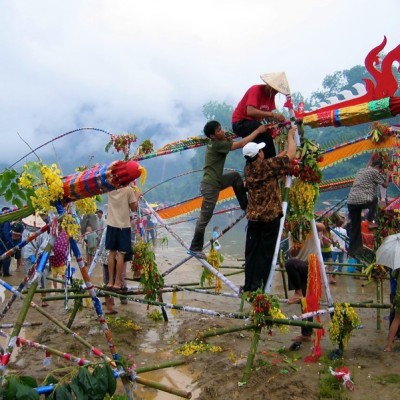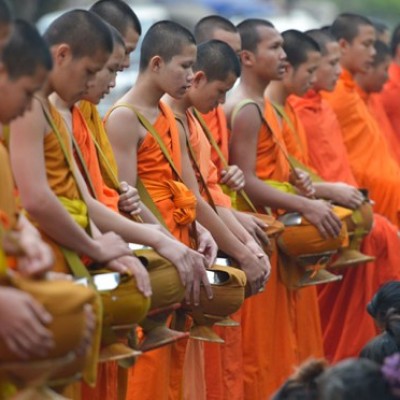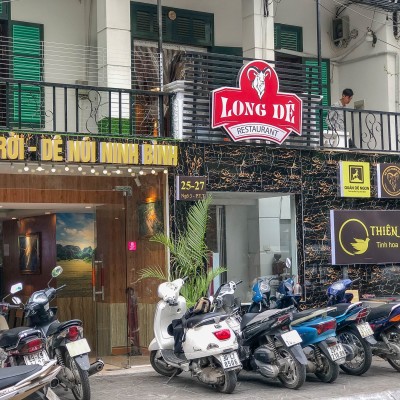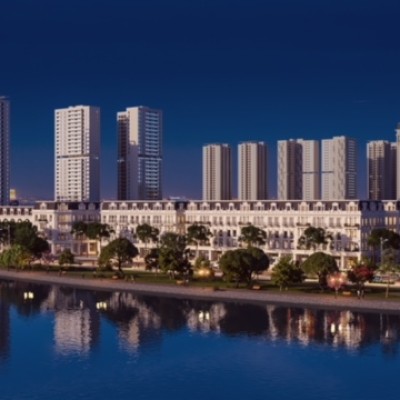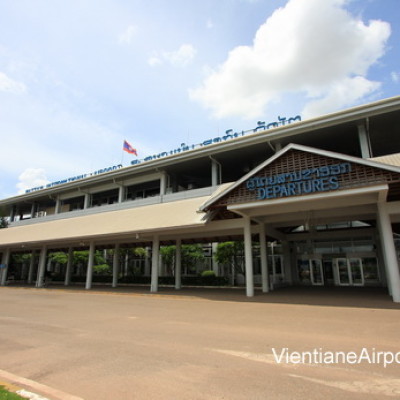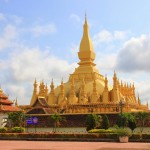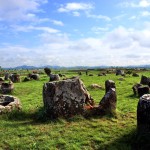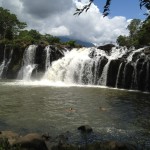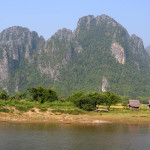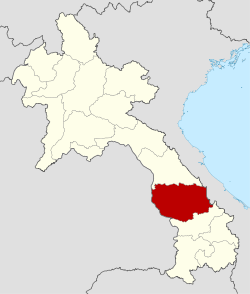
Located: in the central part of Laos (Central Provinces)
Total area: 21,774 square kilometers
Population: 906,440
15 Districts: Kaisone Phomvihan, Outhoumphone, Atsaphanthong, Phine, Sepone, Nong, Thapangthong, Songkhone, Champhone, Xonnabouly, Xaybouly, Vilabouly, Atsaphone, Xayphouthong & Phalanxay
Capital of the province: Kaisone Phomvihan
Savannakhet Province is situated in the middle of the country and the largest province (21,774 square kilometers), being bordered by Vietnam to the East, Thailand to the West, Khammouane Province to the North and Salavanh Province to the South. 60% of land is covered by forests. Savannakhet Province consists of 15 districts namely: Kaisone Phomvihanh, Xayphouthong, Outhoumphone, Phalanxay, Atsaphangthong, Phine, Songkhone, Sepon, Nong, Virabouly, Champhone, Thapangthong, Xonbuly, Xaybuly, and Atsaphone.
Savannakhet Province is the most populated province in the country with its population of 824,000 (2005). A wide variety of ethnic groups are found in the province: Lowland Lao, Phoutai, Thai Dam, Katang, Mangkong, Vali, Lava, Soui, Kapo, Kaleung and Ta-Oi. In addition, many Vietnamese and Chinese descendants live in the province as well. This fact makes the province rich in cultural and gastronomic diversity.
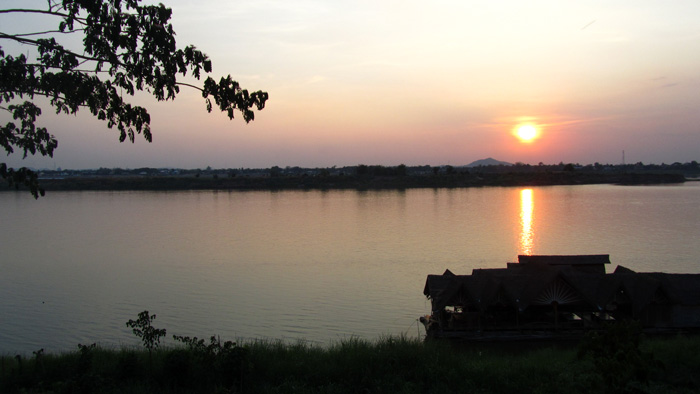
SAVANNAKHET HISTORY
The area of Savannakhet Province was under influence of the Champa Kingdom from 7th to 10th century, followed by the Khmer Kingdom until 13th century. Heun Hin (Stone House) along the Mekong River and some ornaments of That Ing Hang (Ing Hang Stupa) prove this historical fact. Then, the Lane Xang Kingdom established in 14th century covered Savannakhet. Savannakhet Province, especially its capital town, had been developed significantly as the administrative and commercial center of Southern Laos during the French era in 19th century.
The name of Savannakhet Province derives from old Pali language, meaning “a land of gold”. The area of Savannakhet Province has been inhabited since ancient times, being benefited from the Mekong River and its tributaries. People here has cultivated rice in the largest plain in the country, and fostered rich arts and culture.

